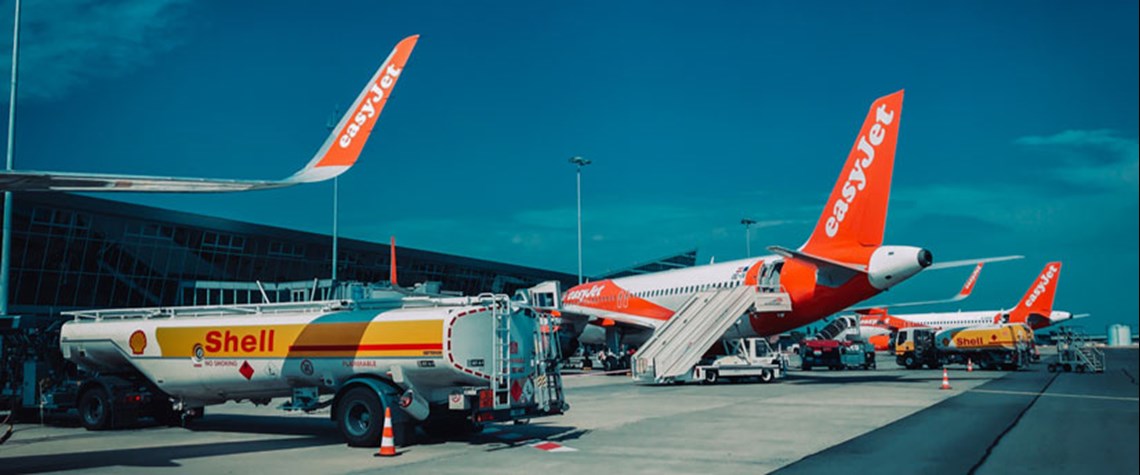The future of e-fuels – part two: Aviation
Liquid fuel in the form of low carbon sustainable aviation fuels likely to be needed for longer-haul routes as hydrogen aircraft will be limited to short-haul over 2035-2050
As mentioned in part one of this two-part series, the two e-fuels widely expected to perform best in coming decades are e-ammonia for long-distance maritime shipping and e-kerosene for aviation. Part two explores the potential of e-kerosene in the context of sustainable aviation fuel (SAF)—a sectoral term for biofuels and e-fuels and the primary way the global aviation sector is hoping to decarbonise through 2050—followed by the major barriers e-kerosene must first overcome. Potential scale The aviation sector acted as a trendsetter in 2009 when the Geneva-based International Air Transport Association (IATA), representing almost 300 airlines worldwide, set a goal of slashing its CO₂ emission

Also in this section
24 July 2025
Green hydrogen developer advances mega projects in Australia and Oman as key shareholders Shell and BP remain invested
23 July 2025
Electrolysis seen as most leakage-prone production pathway as study warns of sharp increase through 2030 and beyond
22 July 2025
The gas-hungry sector is set for rapid growth, and oil majors and some of the world’s largest LNG firms are investing in ammonia production and export facilities, though much depends on regulatory support
16 July 2025
Major manufacturer cancels rollout of new hydrogen-powered vans and strengthens focus on battery electric and hybrid markets








